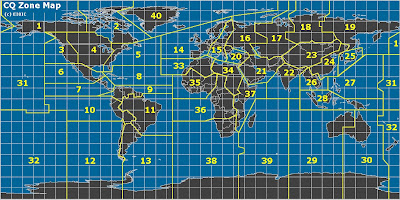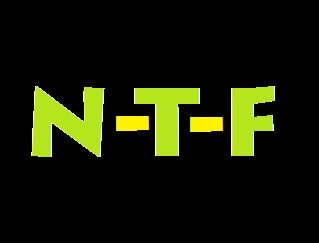I've written a number of Blogs on the topic of Stereo-Cw, and (more recently) on Stereo Ssb.
There is a Bibliography of links to these Blogs at the end of this one. The original 1976 73-magazine article did NoT really consider the implication of using Stereo-Cw when running pileups; whether in a contest or as a DX (or otherwise sought after) station.
Also, at the time that article was written there were no popular XCVR's on the market capable of
dual-RX, such as the Kenwood TS-950SDX/TS-990, the Yaesu-FT-1000mp/FT-2000/FTDX-5000, the Icom 756-PRO/7600/7800 series, the Elecraft K3S and the FLEX & Ten Tec Orion II transceivers.
The idea behind Stereo -Cw was/is to create an enhanced spatial experience from mono audio.
In a dual-RX environment it can become a bit tricky operationally, altho it just becomes a new challenge to master. Because of the simplex nature of Cw, Stereo-Cw makes complete sense.
Sometimes when calling a run station, while it seems my signal is not being heard, it might be the case that my frequency selection is just outside of the calling Cw station's narrow filter. By shifting frequency up to +/- 200z around the run frequency, often, all of a sudden I find the opening and the stations replies back immediately. I've noticed that experienced contest stations often call me slightly off frequency but within the receive passband.
If ALL stations call on the EXACT same frequency, separating them out can be quite difficult. However if the callers are spread out +/- around the run frequency, with the Stereo-Cw and
interesting thing happens- they seem to be spread out spatially "around" my listening experience.
Depending on their audio frequency, I might hear them more-or-less to the left of my listening experience, somewhere in the middle, or more-or-less to the right of my listening experience
With the external audio filters properly set, next, look back down into the I-F to insure that the I-F filter selections are compatible with the audio. Recognize that while we are largely using audio processing as the MAIN tool, indirectly, we are "evaluating" what is in the I-F passband. On that basis, also consider whether the passband should be Sharp, Medium or WIDE. Widening the I-F passband brings more signals to the A-F passband to be "sorted out" by our stereo-assisted brain.
An undocumented "goeswith" to using Stereo-Cw is the [inadvertent] "Binary-beating" effect caused by the "heterodyne action" built into the parietal areas of our brain. In the Superheterodyne, we combine 2 signals to purposely produce a 3rd (intermediate I-F) frequency.
A consequence of having 2 ears equi-spaced around your head and 2 parietal lobes, your aural circuits are designed to combine audio frequencies from the Left/Right in order to "echo-locate"
(i.e. GPS). In the process, frequencies from both sides heterodyne, creating a 3rd frequency
that seems to move between the Left/Right sides of our experience.
As a Light/Sound therapist, I purposely use the binaural-beating phenomenon to effect an overall influence of brainwave frequencies. As Cw signals come and go inside the Stereo-Cw passband,
an occasional "false" signal will inadvertently seem to come and go. By shifting the BFO/Clarifier control, that "station" may suddenly disappear, as the frequency shift alters the binaural-beating - from which I ask "was it REALLY there to begin with?"
With practice you can learn to navigate a near-180 degree ARC of signals all around you.
A boringly-flat passband becomes transformed into a vibrant, spacious passband.
From this weekend's QSO Party and CWOPS GiGs, I noticed the above separation while waiting
in line to work popular stations. I found that by "positioning" the to-be-worked station at about the
10:00 o'clock position in my listening experience, the calling stations are more-or-less positioned around the remainder of the listening experience, with most position "to the right" of the station
I am going for.
Stereo Cw Bibliography:
- [X] - Stereo-CW - it's EASIER than You Think - the Blog which started it all.
- [X] - Some Further Thoughts regarding Stereo Cw
- [X] - Leveraging the Art of Dual Receive - Another Look (with additional Blog links)


























